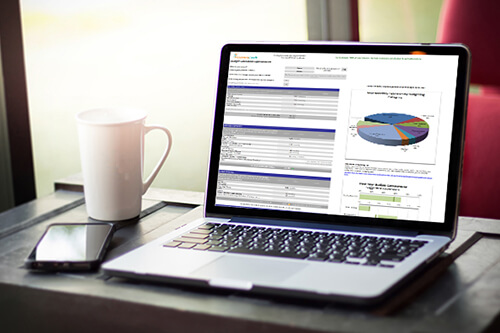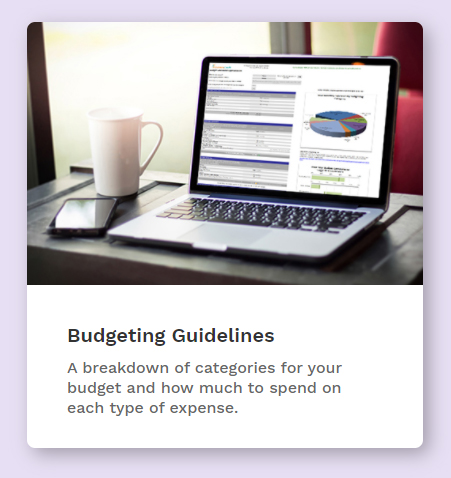Easy Ways to Help Students Learn About Money | Bringing Financial Literacy Into the Classroom
 Q: I wish I had learned more about money growing up. I’ve recently graduated from university and have started teaching at a middle school. I’ve noticed that many of my students also know very little about money. One of my goals this year is to help increase their level of financial literacy. What tips and advice can you give me?
Q: I wish I had learned more about money growing up. I’ve recently graduated from university and have started teaching at a middle school. I’ve noticed that many of my students also know very little about money. One of my goals this year is to help increase their level of financial literacy. What tips and advice can you give me?
A: Kids these days are very good at spending money, but when it comes to managing their money, saving towards their goals or even earning money, their level of financial understanding is unfortunately very low.
What is Financial Literacy?
Financial literacy, as it was defined by the Task Force on Financial Literacy, “means having the knowledge, skills and confidence to make responsible financial decisions.”
Financial literacy isn’t something we are born with, but it is as important a life skill as reading, writing and arithmetic. As parents struggle to do the best they can, they often don’t think to help their kids learn about money because they aren’t good with it themselves.
However, teaching kids what they need to know so that they can make confident financial decisions, will help them for the rest of their lives.
How to Teach Kids About Money
I applaud you for taking this initiative! Learning money skills and becoming confident and capable financial decision-makers will help your students in every aspect of their lives.
Here are some things to keep in mind as you teach kids about money:
Money is part of our lives, and we develop our attitudes about money from various sources, including our families, friends, peers, cultural influences, the media, and those in our community.
You may be surprised by how much your students know, or specifically what they share. Be open to their ideas because what works for one person, might not work or hold true for the next.
Kids Love Talking About Money
Adding Money Topics to Any Lesson Will Help Engage Your Students
Your students will be excited to discuss money-related topics. Rather than plan stand alone lessons that add to an already busy curriculum, find ways to teach existing topics and lessons from a financial perspective:
- For Math lessons about percent, incorporate social responsibility objectives as kids discuss what saving or giving 10% means.
- For Language Arts lessons, choose reading passages from the newspaper about money-related topics, either locally or abroad.
- For Health and Career lessons, discuss organizing a budget and planning how to realistically attain a savings goal.
The skills adults use to comparison shop, decide if a sale item is actually a good deal or not, or decide which banking product they need are all based on the critical thinking skills you’re already helping your students learn. Adding the financial aspect is another way of teaching what you’re already teaching.
Real-Life Connections Are Key
Linking their day-to-day lives and what they already know to concepts you’re discussing in the classroom, will help your students take the message home and apply their learning outside of the classroom.
Students Will Continue the Conversations at Home
Money isn’t something that most families openly talk about. Help parents be ready for a comparison shopping discussion or friendly negotiation by letting them know your plans ahead of time.
Some parents may be uncomfortable with their kids talking about money, so assure them that their child will not need to divulge any personal details. Your lessons will be about money concepts, not how much or how little someone’s pay cheque is.
How Teachers Can Get Started with Bringing Financial Literacy Into the Classroom
There are excellent, free and easily accessible Canadian resources available online, including Bringing Financial Literacy Into the Classroom. This is an easy-to-use resource that students and teachers in our pilot project really liked.
Thank you for making a difference!
Related: Join a Free Webinar and Learn About Money Management Topics





